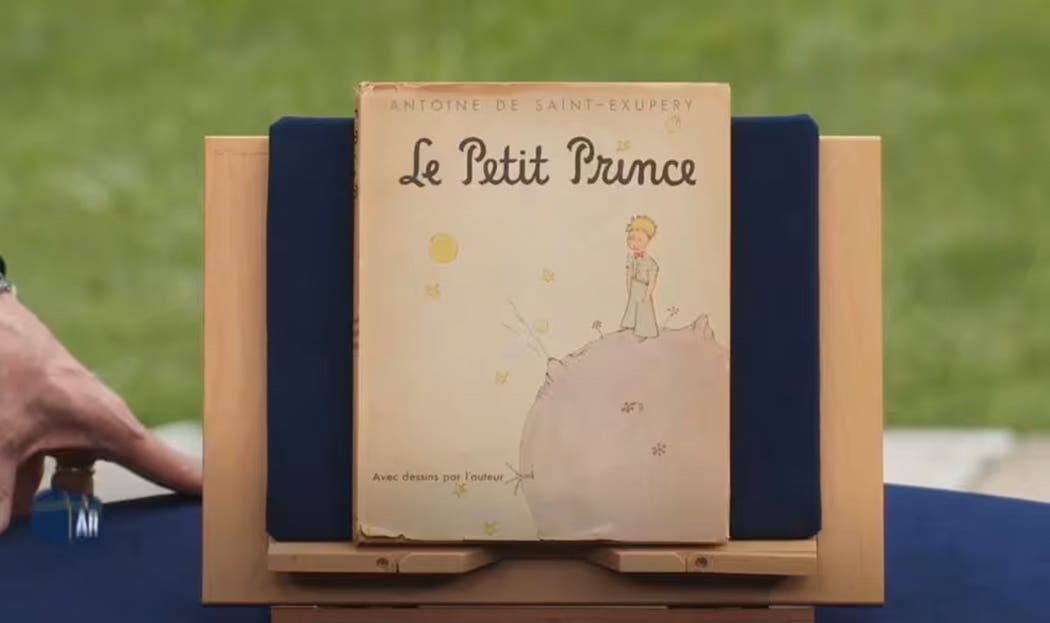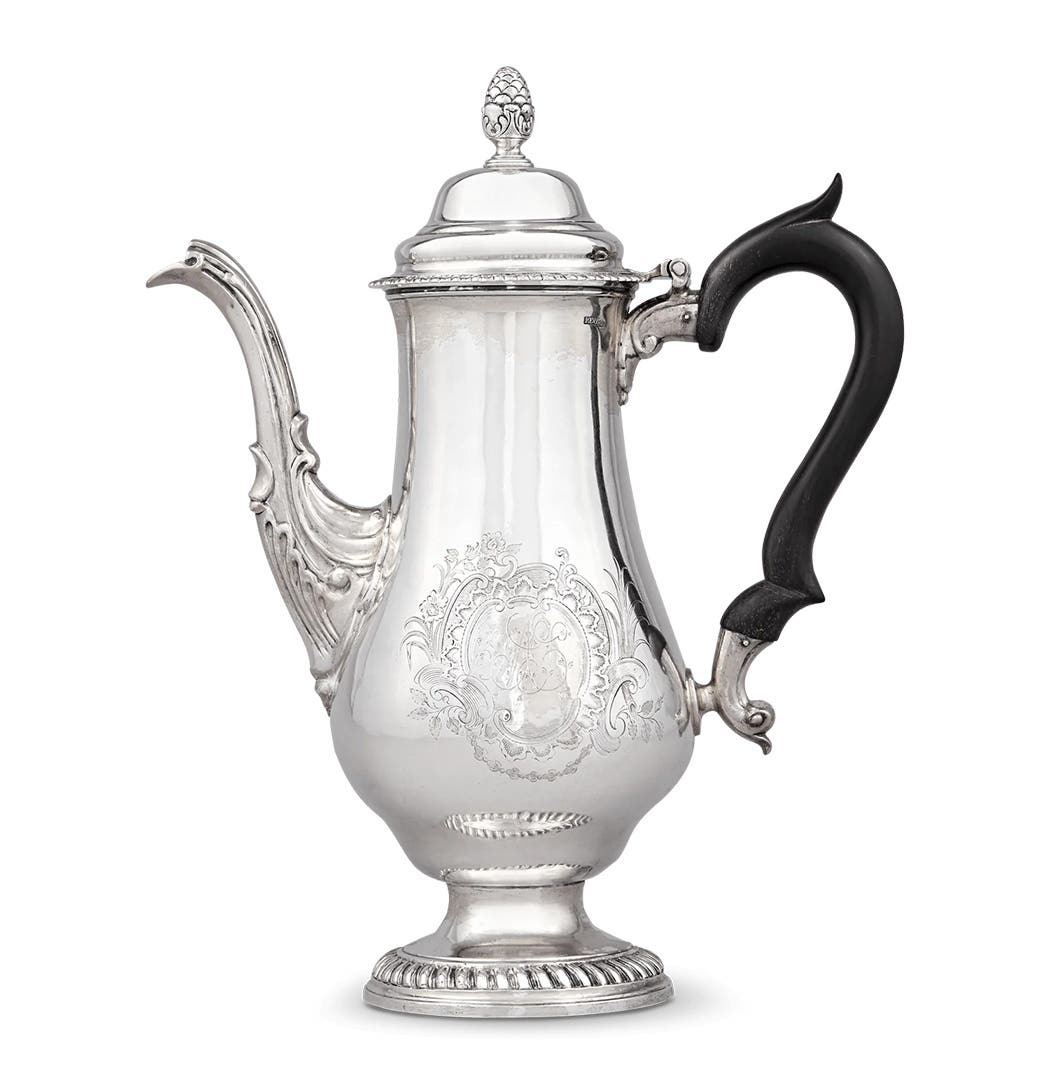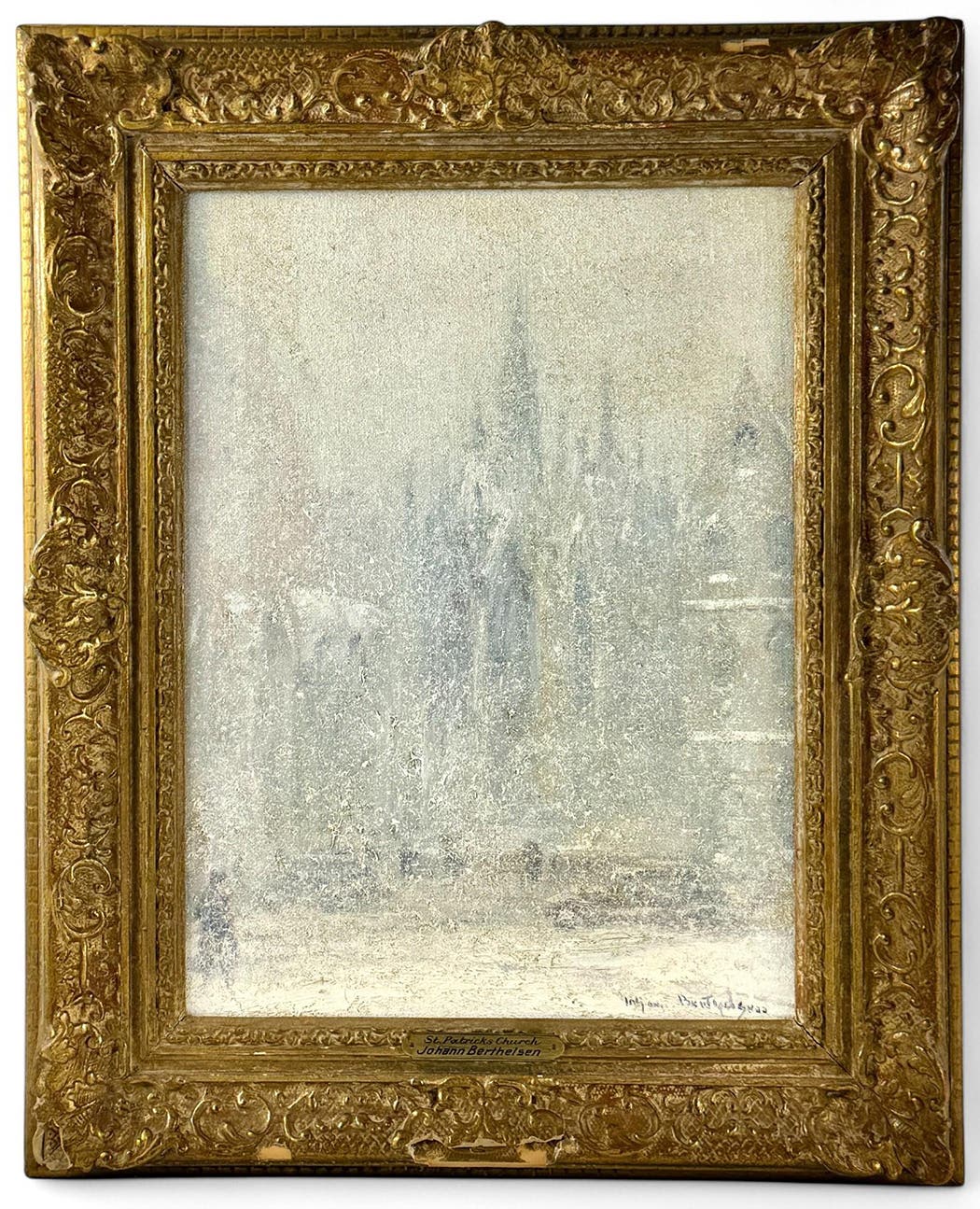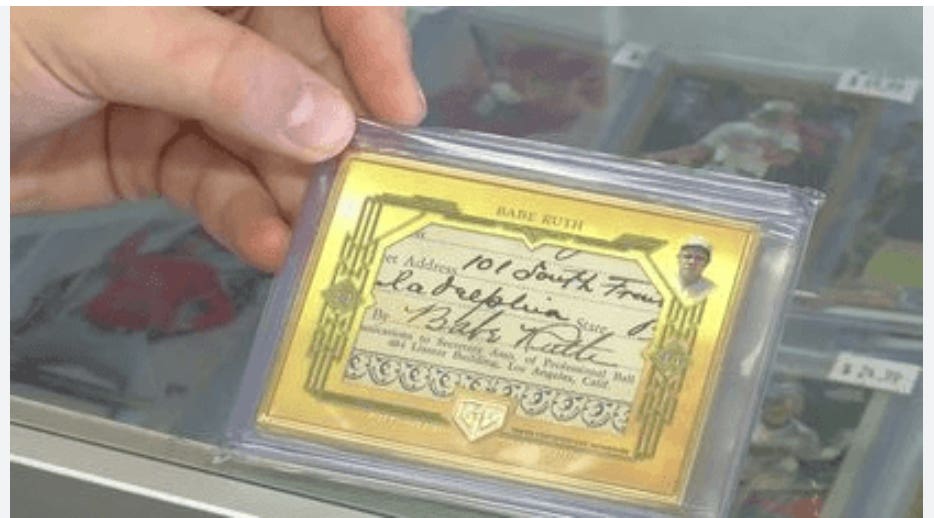Nostalgia powering up market for vintage video games
As some of the most popular products of the 2016 holiday season demonstrated, the interest in vintage video games and consoles is on the rise, both among collectors and gamers. In this article by Eric Bradley, as part of his book Picker’s Pocket Guide — Toys, the market for vintage video games is growing just like Mario when he eats a ‘super’ mushroom.
By Eric Bradley
Still in its infancy, the collector market for vintage video games is by far the fastest-growing segment of today’s vintage toy hobby. The relatively affordable prices for 95 percent of the consoles, cartridges, and accessories can be a misnomer to outsiders. Values hovering between $20 and $200 are both attracting new collectors and generating a sustainable supply of collectibles to meet new demand. If you could take a time machine to visit the early years of the more established toy collecting hobbies, you’d experience the same type of climate that dominates today’s market for vintage video games.
“It’s totally nostalgia,” said Michael Thomasson, a video game designer, historian, and instructor of video game development. “I see these kids walking around with Nintendo T-shirts with pictures of controllers that read ‘Know Your Roots’ and ‘Old School.’ I look at Nintendo and see middle school – the second generation after the crash. Video games are in vogue now. When you start hitting 25 years old, you start reminiscing about simpler, happier times and a lot of those times involved video games for a lot of people.”
Evolution of a Record-Setting Video Game Collection
Michael made international headlines in 2014 for selling his own vintage video game collection. It was the world’s largest as certified by Guinness World Records. It was his third collection and included more than 11,000 titles with more than 2,600 of them in their original shrink-wrapping. The collection span more than 100 consoles and took nearly 30 years to complete, primarily because Michael took his time to buy low and sell high.
“I never pass up a bargain,” he said. “Originally, I thought I was the only one doing this 20 years ago when I first started out – when the Game Boy Advance was getting phased out, I visited 17 game stores in a one-hour radius when they were all selling them for ‘Buy 2 Get 2 Free.’ The prices were 20 cents on the dollar and I was paying about $2.19 a game. I thought to myself, ‘I know I can get that back someday.’”
The development of the internet and the arrival of eBay and lightning-fast communication between collectors changed everything – Michael realized he wasn’t alone and that a whole community of game collectors existed in pockets around the country. Collectors have become more discerning and can be credited for encouraging mainstream culture to view games as art.
Modern Widespread Impact of Gaming
“The average age of a player is 27 to 35. Our next president could be a video game player. They are
increasingly seen as art. Years ago the questions used to be ‘Are movies art? Is photography art?’ New technology doesn’t get recognized for a couple of decades or generations later. Thankfully, it is the only medium that is larger than both the television and movie industries but you could talk with the original creators and founders,” he said. “Our communication age makes it happen faster.”
Interestingly, Michael predicts the gaming industry may struggle in the years to come. Now that developers have seen a taste of the profits a successful game can generate, companies are under more pressure to deliver huge profits. That expectation to set prices higher pushes some consoles and games out of the reach of families. “I see it struggling in the near future because of the dynamic of the game blockbuster,” Michael said. “It’s hard for a family to pay $400 for a console and another $65 for a game. They are being challenged by inexpensive games such as Minecraft. Angry Birds was inexpensive to make, but Destiny (Activision, 2014) took half a billion dollars. It took 20,000 people and it will be a 10-year franchise and there will be a lot of profit from it. However, it just doesn’t have the originality you see on the Indie scene.”
More Collectors Eying Vintage Video Games
Collectors put a premium on originality and novelty – even if the game isn’t immediately a commercial success. The demand underscores David Kaelin’s business plan for Austin, Texas-based Game Over Videogames, an independent chain of classic and used video game stores. Capping three years of growth at 276 percent, the chain opened its 11th location and was ranked on Inc. Magazine’s 5,000 fastest-growing private companies in America in 2014. The company offers more than 10,000 games, systems, and accessories per store for Atari 2600, Intellivision, NES, SNES, Genesis, Dreamcast, Playstation, Saturn, 3DO, Turbografx-16 and more. In 2013, the company saw gross sales hit $2.1 million.
“Collecting has definitely gone main stream,” David said. “This is a very wide market and just like the rare coin and stamp market, we see it going in that direction. Eventually people will be buying these games to invest – just to buy and stick it in a closet for 20 years to double its worth.”
The majority of Game Over Videogames’ customers are those who play games – or haven’t played in a while – and may be going through a nostalgia phase and want to play the classic games again, David said. With their own children in tow, adults are eager to share the personal relationship they had with games popular 20 or 25 years ago when they were teenagers.
Collector Commonalities and Differences
David sees commonalities among customers of similar age groups. “The mind sets root in the gaming institution popular at the time. If you were in your teens in the 1970s, it’s Atari. A teen in the 1980s? Then you’re into Nintendo.”
Customers are now in their mid-30s and early 40s and are rapidly gaining the disposable income needed to buy vintage games. “Males still make up the majority and it’s a problem that more women aren’t involved in the game community, but 30 to 40 percent of players are women. In terms of our customers, the largest customer group is adult males and second is adult females … and then kids.”
David said the appeal of the most sought after vintage games is two-fold:
• Classic titles offer a unique gaming experience that is family-friendly, innovative, and challenging.
• The cost of the vintage games is far less than the cost of cutting-edge releases.
“I’ve been in this business 10 years now and in the beginning, the only retro games that people were looking for were Atari or NES (Nintendo Entertainment System),” he said. “Over time that changed and now covers Super Nintendo, then Nintendo 64, and soon Game Cube, partly because of the release of Smash Bros. for Nintendo Wii.
Mainstream Sales + Collector Demand
The market for vintage games may be just starting out, but it is uniquely – and simultaneously –
establishing itself as a cornerstone on both retailers’ shelves and collectors’ cabinets. The Toy Industry Association proclaimed youth electronics as the fastest growing toy category in 2013. The category includes video games and hand-held toys and charted an astounding 32 percent boost over 2012.
Rare vintage games can now bring five figures at auctions. In 2012, a copy of Air Raid for the Atari 2600 sold for $33,433. The boxed version was only the third version of the game ever discovered and the only one that retained its original instruction manual. A year later, a copy of the Nintendo Entertainment System game Family Fun Fitness: Stadium Events was discovered at a North Carolina Goodwill thrift store. The game was picked up for a $1 and later sold for $12,000. The game, which was originally released on July 1, 1987, has popped up again at auction for as much as $38,000.
At the top of the common market reside arcade games. These are cabinet monitor combos that once occupied the corners of every pizza parlor in the country during the 1970s and 1980s. Average arcade games in working condition sell for $400 to $500. More iconic arcade games, such as Asteroids, Pac-Man, and Pole Position, easily command $500 to $600.
A company called Video Game Authority has stepped in as a third-party independent grader which cases games. This is similar to authorities who case comic books, coins, and sports cards. The service offers a standard grading scale for sealed games, systems, and accessories (from mainstream platforms). Plus there is custom grade for non-standard, deluxe and special edition games.






